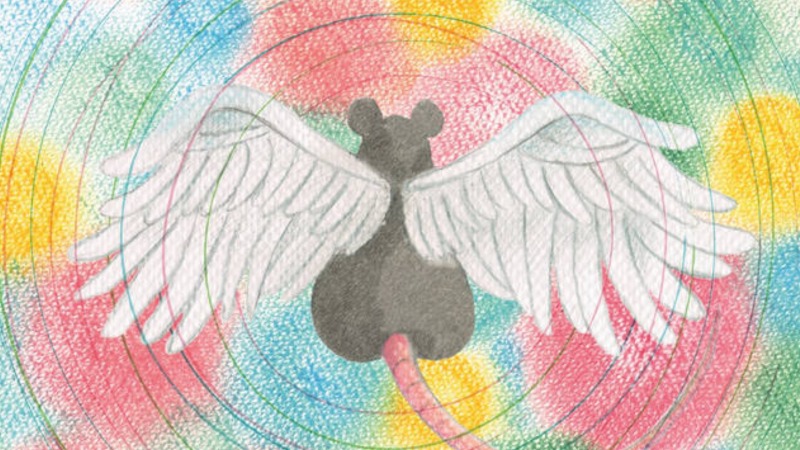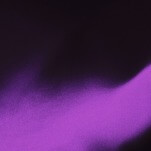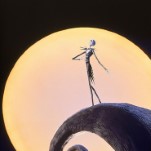Mei Semones Resists Conventionality on Animaru
On her debut album, the Brooklyn-based musician executes impossibly consistent swells and plunges of jazz-inflected art-rock while sitting just out of frame, flourishing in the company of her band’s kindred strangeness.

A cool thing about Mei Semones is that she operates in a league of her own. You may find another musician with parallel ambitions, sure, but the likelihood of you finding an album that sounds like Animaru is paper-thin. This is music that ignores genre lines and embraces the margins of conventionality. But Semones’ history with the craft spans more than a decade. In high school in Ann Arbor, she was a jazz guitarist tinkering in neo-soul bands. Before that, she had a concentration in piano, taking lessons with her twin sister. At the Berklee College of Music, she was a professional music major studying business and guitar performance. In her twenties, she graduated from house shows in Boston to balancing a day job at a Japanese preschool in Brooklyn with a touring life.
All of that history trickles into her solo work, songs that are far more lived-in than they are experimental. The patchwork in Mei Semones’ music, especially on Animaru, is like a shelf decorated with souvenirs: bossa nova, jazz, chamber singing, indie-folk, J-pop, and math rock linger surreally in bilingual effervescence. Last March, Semones celebrated signing with Bayonet Records by releasing her second EP, Kabutomushi, and we named her the Best of What’s Next. She was blending genres even then, following classical structures before obliterating them with contemporary, rock-based formulas. Her debut full-length is a miscellany just as odd—fragments of fragments that, when glued into place, form a balmy, impulsive mosaic of dexterity and unpredictability.
Staying on theme, after naming her last EP after a rhinoceros beetle, Animaru is the Japanese pronunciation of the word “animal.” For Semones, it’s an embodiment of instincts, which penetrate much of her music. Listening to “I can do what I want,” the tangents sound improvisational yet revel in purposefully arranged chaos. There is an elasticity present, but you get the sense that Semones and her band—Noah Leong, Claudius Agrippa, Noam Tanzer, and Ransom McCafferty—know their own limits and push them just slightly. The ornamentation in “Rat with Wings,” the creature on Animaru’s cover, is bolstered by punky non-sequiturs; mordents of fire-breathing guitar scales and wincing strings escalate beneath Semones’ singing, a prickly, oft-high-pitched voice flared with monotonic stretches. When the title track sources its distortion, you can tell that, a few chapters of life ago, Semones was an eager student of the Smashing Pumpkins.
-

-

-

-

-

-

-

-

-

-

-

-

-

-

-

-

-

-

-

-

-

-

-

-

-

-

-

-

-

-

-

-

-

-

-

-

-

-

-

-








































